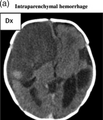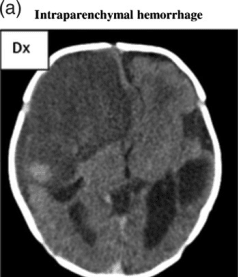File:PMC3612794 bmjopen2012002490f03 (1).png
Jump to navigation
Jump to search
PMC3612794_bmjopen2012002490f03_(1).png (238 × 277 pixels, file size: 21 KB, MIME type: image/png)
File history
Click on a date/time to view the file as it appeared at that time.
| Date/Time | Thumbnail | Dimensions | User | Comment | |
|---|---|---|---|---|---|
| current | 19:48, 24 July 2022 |  | 238 × 277 (21 KB) | Ozzie10aaaa | Uploaded a work by Tiller H, Kamphuis MM, Flodmark O, Papadogiannakis N, David AL, Sainio S, Koskinen S, Javela K, Wikman AT, Kekomaki R, Kanhai HH, Oepkes D, Husebekk A, Westgren M from https://openi.nlm.nih.gov/detailedresult?img=PMC3612794_bmjopen2012002490f03&query=Intraparenchymal%20hemorrhage&it=xg&req=4&npos=4 with UploadWizard |
File usage
There are no pages that use this file.
